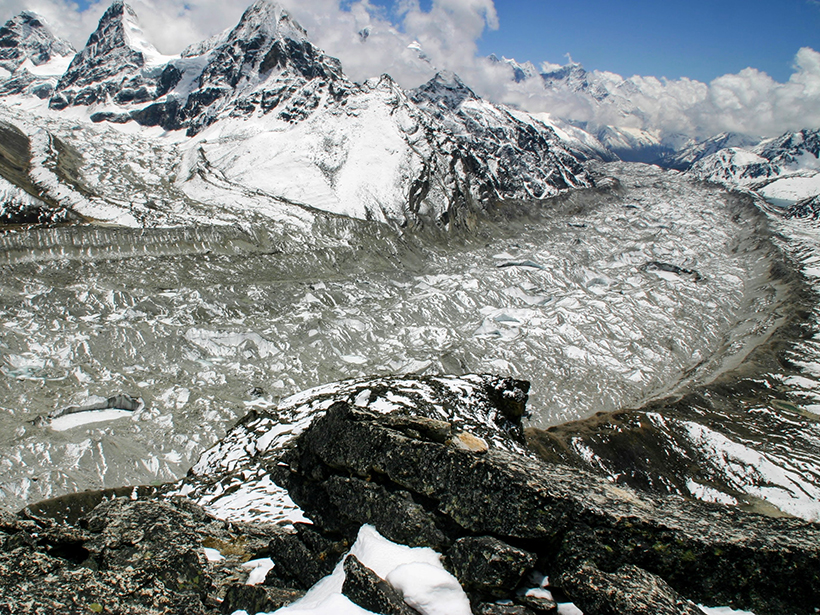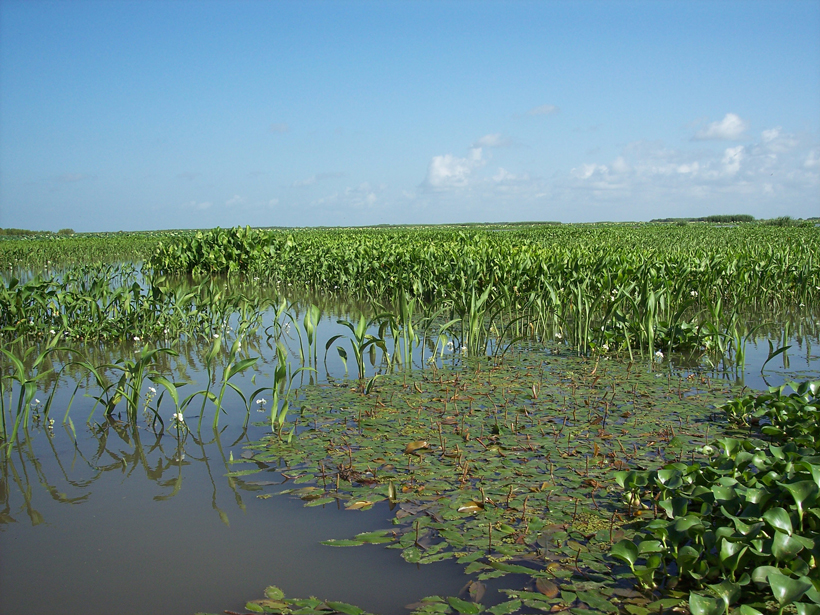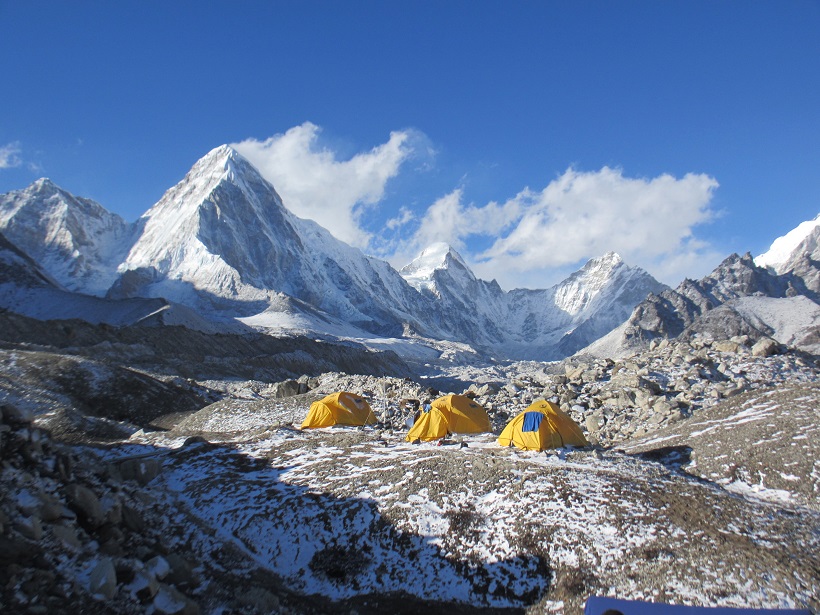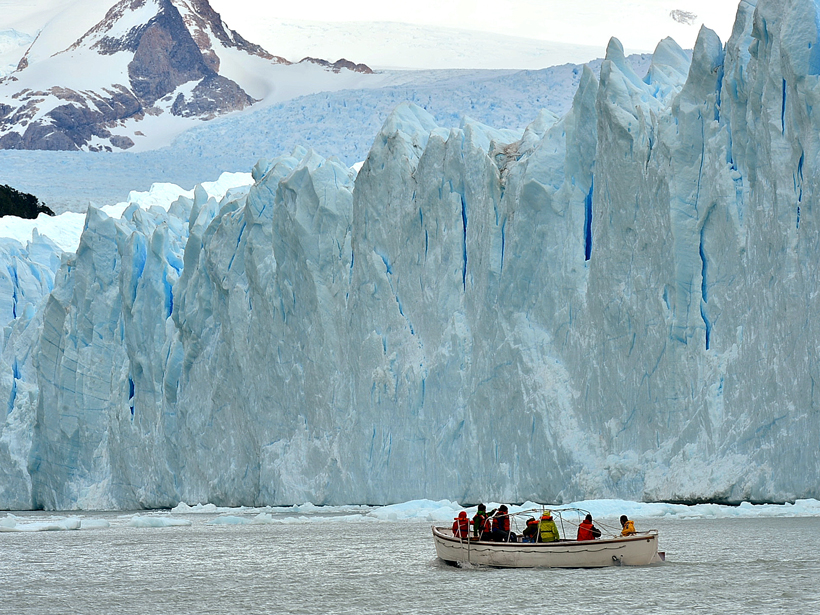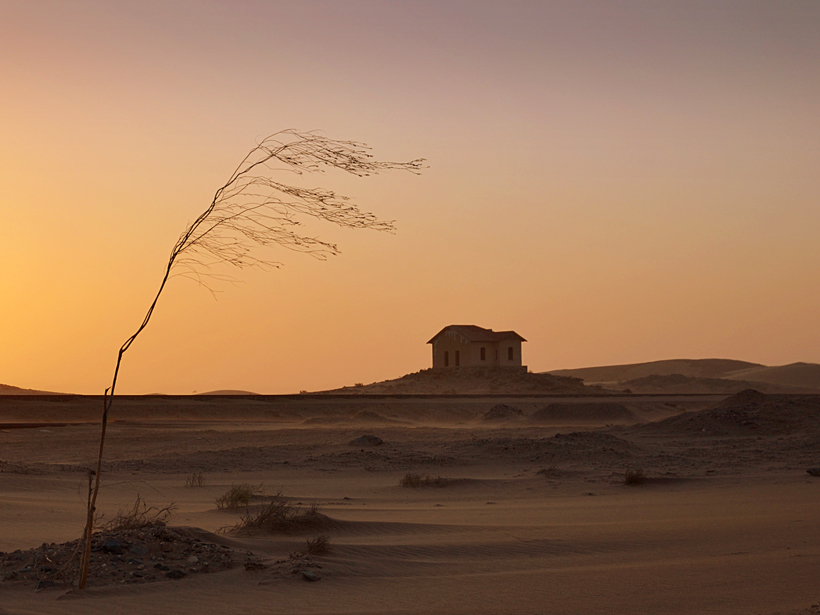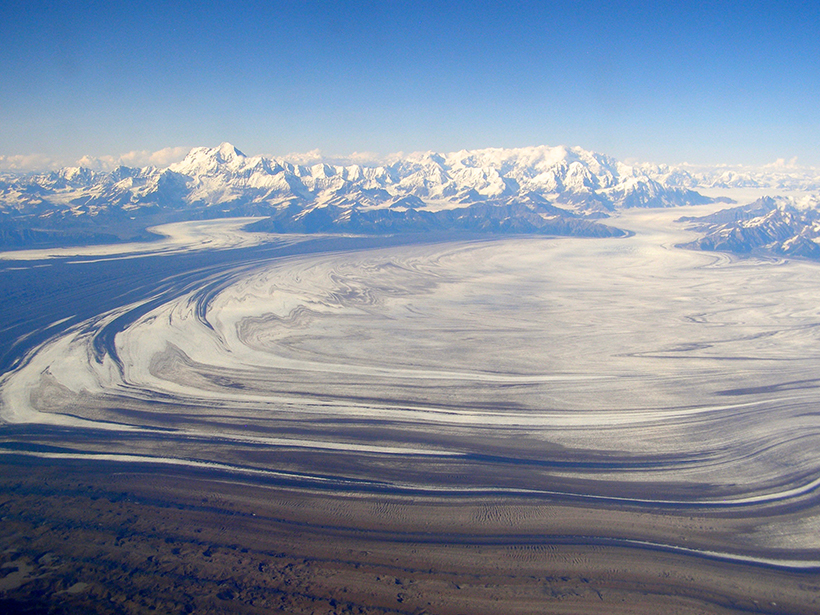By combining changes in elevation with other data, scientists have developed a method for estimating the thickness of debris covering glaciers on whose water more than 800 million people depend.
Journal of Geophysical Research: Earth Surface
Peering Beneath the Powder: Using Radar to Understand Avalanches
High-resolution radar images from Switzerland’s experimental test site show that snow temperature is a key factor in classifying avalanche behavior.
Untangling Sediment Transport Through River Networks
A stochastic sediment routing model for river networks is inverted to determine sediment source areas based on point observations of grain size and sediment flux at the basin outlet.
A New Model of Drumlin Formation
Observations from the surge-type glacier Múlajökull in Iceland underpin new modeling results that suggest the glacier’s drumlins grow during quiet intervals of normal flow between glacial surges.
Nonflood Flow May Be Major Driver of Delta Growth
Plants and fluctuating river flow work together to balance vertical sediment buildup with sediment delivery to the delta’s edge.
Hot Water, Cold Ice
Despite careful planning, there can be many uncertainties and unknowns about doing field research in remote locations.
Faulty Assumptions Impair Earthquake Hazard Assessment in Italy
Along faults in the Central Apennine Mountains, weather and landslides may cause rock exposure that is mistakenly attributed to earthquakes.
In Patagonian Lakes, Glacial Meltwater Lies Low
A new study reveals key differences in ice-water interactions between glaciers that flow into lakes and glaciers that end in the sea.
New Tool for Understanding Landscape Evolution in Drylands
Combining vegetation distribution models and sediment transport models offers a better understanding of how dryland environments change in response to different factors.
A Mountain Range's History Preserved in Ocean Sediments
Fission track dating core samples from the Gulf of Alaska demonstrates that offshore sediments can be used to reconstruct a mountain range's changing exhumation patterns.

